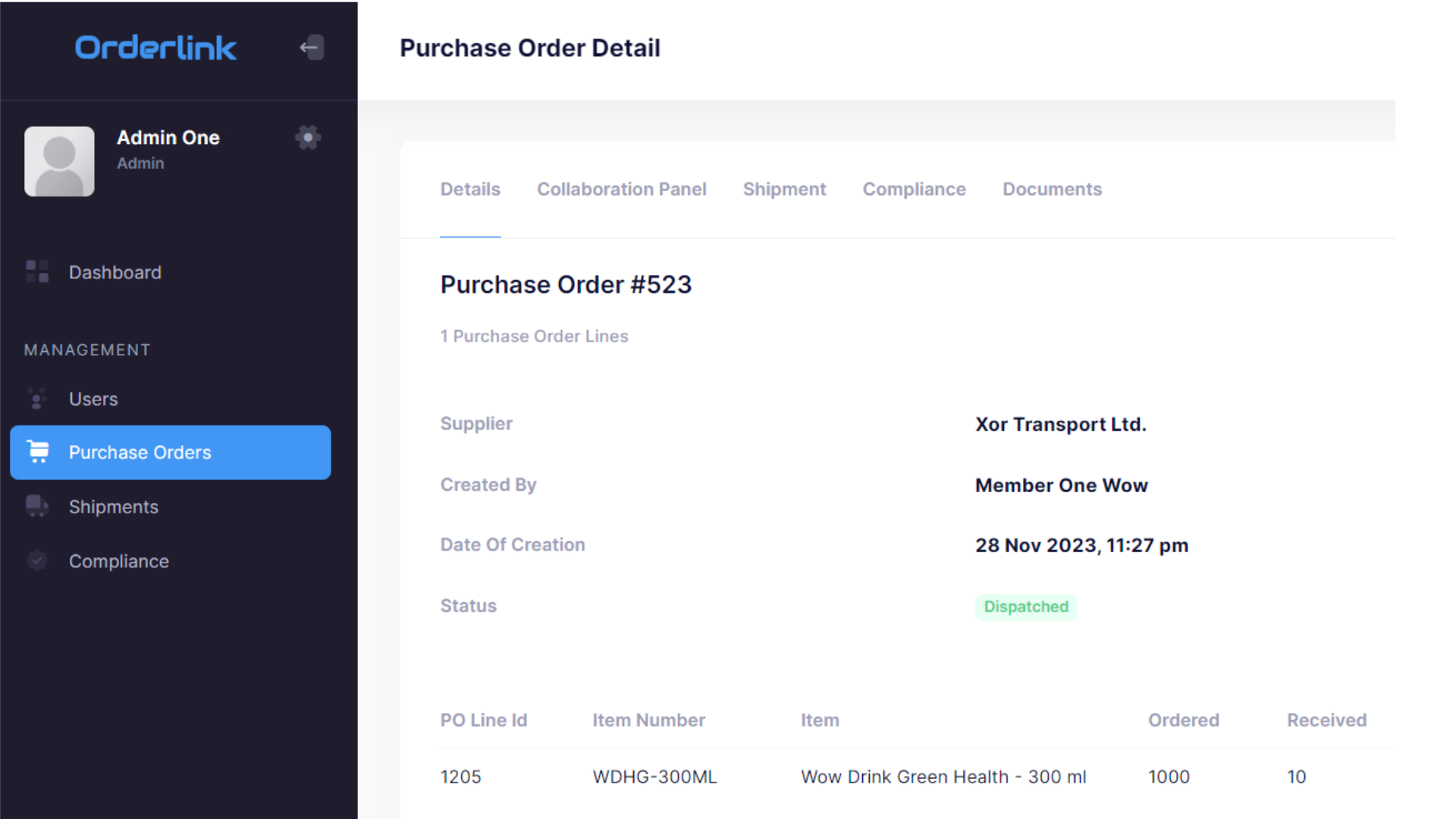In today's fast-paced business landscape, supply chain transparency has emerged as a crucial factor for success. With research indicating that meeting customer expectations for delivery speed is a top priority for 67% of organizations (KPMG), and disruptions affecting supply chains every 3.7 years (McKinsey), it is evident that businesses need to invest in modernizing their supply chain processes. This blog explores the significance of supply chain transparency, supported by research, and delves into how it enables more efficient planning processes, improves cross-team functionality, and ultimately leads to delighted customers.
Supply Chain Transparency: Eliminating Complexity and Wasted Effort:
Inefficient manual processes often contribute to the complexity of supply chains. When data is scattered across spreadsheets, clipboards, and various software systems, valuable time and energy are wasted on consolidating information. According to industry experts, supply chain transparency refers to accessing relevant data, milestones, insights, and exceptions at each stage of the shipment lifecycle to support workflow, inform decision-making, and optimize supply chain management processes.
Enhancing Efficiency through Increased Visibility:
To achieve optimal efficiency, various stages of the supply chain must work in sync. Here are five examples of how increased data availability can improve specific process stages:
1. Streamlining Drayage:
Precise information about ship arrival and container unloading allows for optimal truck pickup scheduling, reducing wait times and optimizing logistics operations.
2. Avoiding Port Congestion:
Accurate planning enables businesses to schedule shipments to avoid peak congestion times at entry ports, minimizing delays and optimizing overall port operations.
3. Decreasing Detention and Demurrage Fees:
Timely pickup of cargo from the port helps prevent additional fees associated with storing containers dockside. By returning containers promptly, businesses save costs and maintain efficient supply chain flow.
4. Efficient Utilization of Employee Resources:
Strategic scheduling of warehouse staff based on real-time data ensures quick cargo unloading and turnaround, maximizing productivity and reducing idle time.
5. Streamlining the Duty Drawback Process:
Completion of each cycle provides shipping data that can be utilized for duty drawback filing. This additional capital can then be reinvested in subsequent production runs, creating a continuous cycle of efficiency.
Driving Cross-Team Collaboration and Simplifying Communication:
A unified logistics data platform plays a vital role in enhancing cross-team functionality. By eliminating manual tracking and automating data integration into inventory systems, businesses can save time and resources. Real-time API integration facilitates seamless communication between teams and external partners. For instance, sending inquiries to suppliers regarding production schedules or equipping customer service teams with immediate access to shipment information empowers them to provide prompt and accurate responses to customer inquiries.
Delighting Customers through Supply Chain Transparency:
Beyond internal operational improvements, supply chain transparency has a direct impact on customer satisfaction. Research shows that improved planning processes and streamlined communication result in happier customers, leading to increased sales, lower return rates, and positive word-of-mouth recommendations. In fact, 94% of consumers who rate a company's customer experience as "very good" are likely to recommend it. Conversely, approximately 61% of customers state that they would switch companies after just one negative customer service experience.
Final Takeaways
As businesses navigate the evolving landscape of supply chain management, supply chain transparency emerges as a critical factor for success. By leveraging modern technologies, embracing data-driven decision-making, and implementing transparent communication channels, companies can enhance their planning processes, foster cross-team collaboration, and, ultimately, delight their customers. As the journey towards improved supply chain transparency unfolds, businesses can overcome challenges and reap the long-term benefits

 Post
Post





